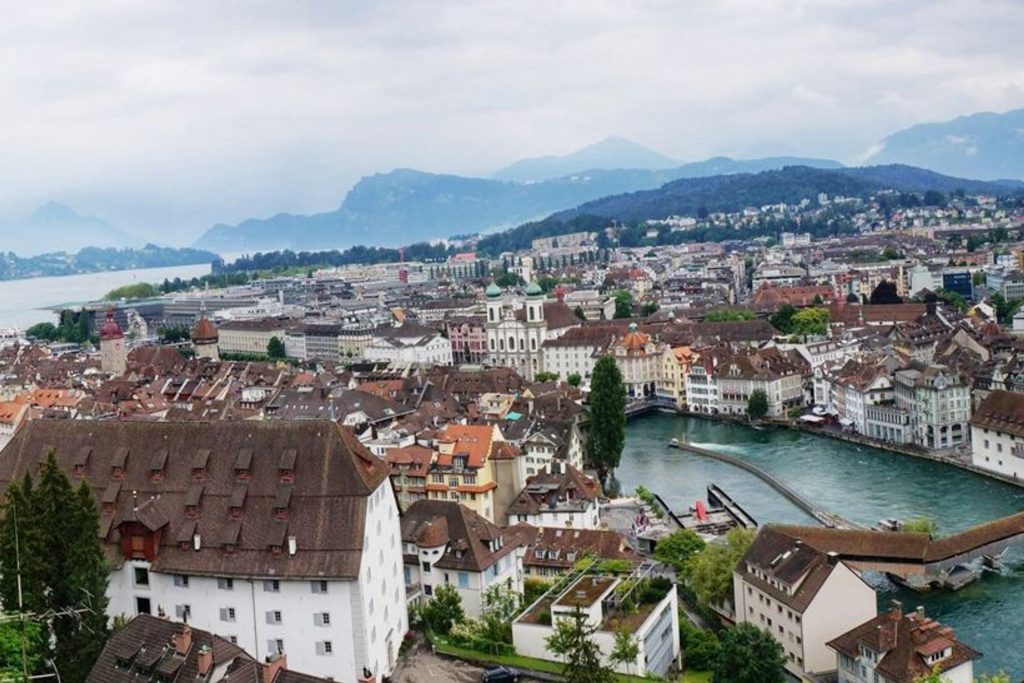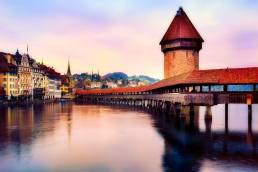How important is tourism to Lucerne’s economy?
A study commissioned by Luzerner Tourismus and the Canton and City of Lucerne from BAK Economics examines the vacation industry between Pilatus and Kapellbrücke
The crisis caused by COVID-19 is hitting the tourism industry hard, in Switzerland and beyond.
Until 2019, the city of Lucerne was one of the most successful destinations in the European Alpine region, and the canton of the same name performed above average in an intercantonal comparison.
Once the pandemic is behind us, tourism can once again become an important economic factor for both the city on the shores of Lake Lucerne and the entire Lucerne area.
Nach Überwindung der Pandemie wird der Tourismus sowohl in der Stadt als auch im Kanton Luzern wieder ein wichtiger Wirtschaftsfaktor sein. Mehr Informationen in der neuen BAK-Studie zum Economic Footprint des Tourismus im Kanton und der Stadt Luzern: https://t.co/meuKcvWe4q pic.twitter.com/47T1iA0rmo
— BAK Economics (@BAK_Economics) May 3, 2021
This is revealed in a study commissioned by Luzerner Tourismus and the state and city of Lucerne from the BAK Economics Institute in Basel, Zurich and Lugano to dissect the scope of the vacation industry between Pilatus, Vierwaldstättersee and Kapellbrücke
Along the entire value chain, tourism demand generated gross value added locally in 2019 of around 1,300 million francs and supported the creation of around 12,500 jobs.
The center of the canton’s tourism industry is Lucerne city, where just over two-thirds of the economic effects are generated and almost one in eight jobs depends on tourism.
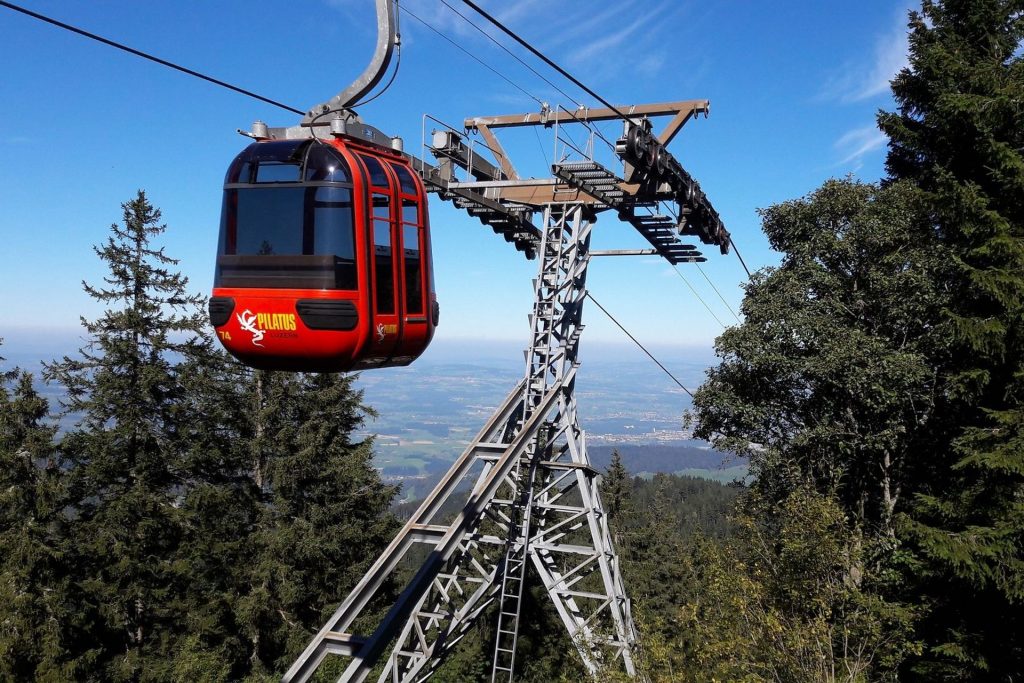
An above-average proportion of 3- to 5-star hotels
Following the decline in overnight stays as a result of the economic and financial crisis in 2009, there was a significantly greater increase in demand for tourism services in Lucerne until 2015 than in Switzerland as a whole, a circumstance that can be attributed to the particular structure of supply and the nature of the guests in this yachting capital.
Lucerne is characterized, in particular, by a higher than average proportion of 3 to 5 star hotels and by large facilities to a generally more significant extent than the rest of the country.
The Swiss tourism of the future in the words of Guy Parmelin
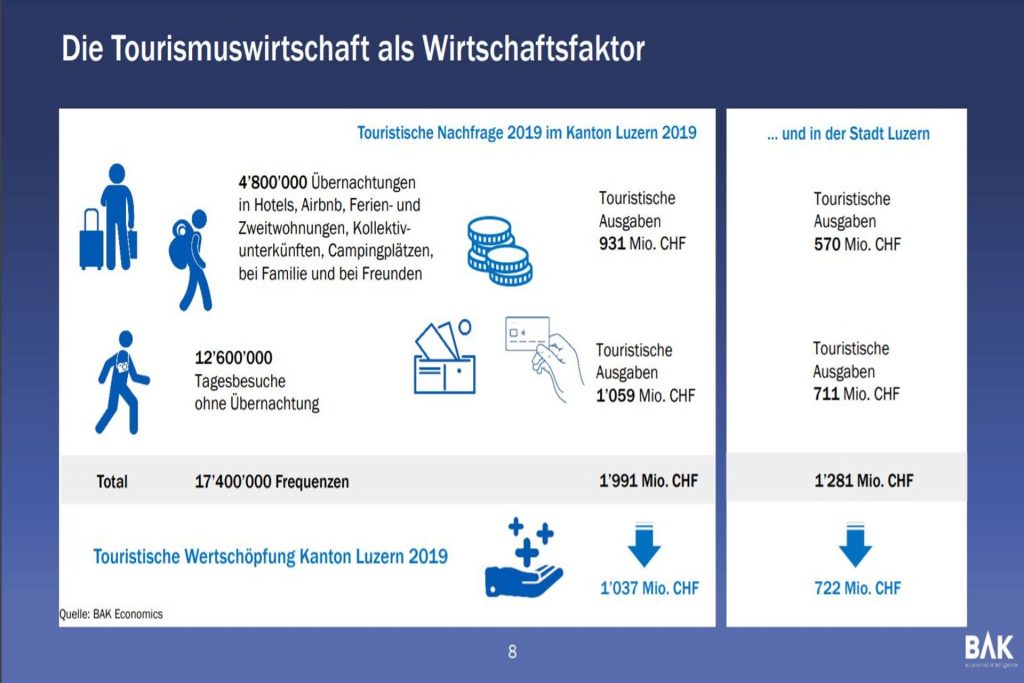
Guests from the USA, India and China as antidote to the crisis
During the height of the crisis, the considerably high proportion of guests arriving from the USA and Far Eastern markets proved to be a particular advantage.
The business generated by guests from the USA, India and China was considerably less sensitive to the economic cycle than the business generated by the stay of people from Europe and developed in an extraordinarily dynamic way.
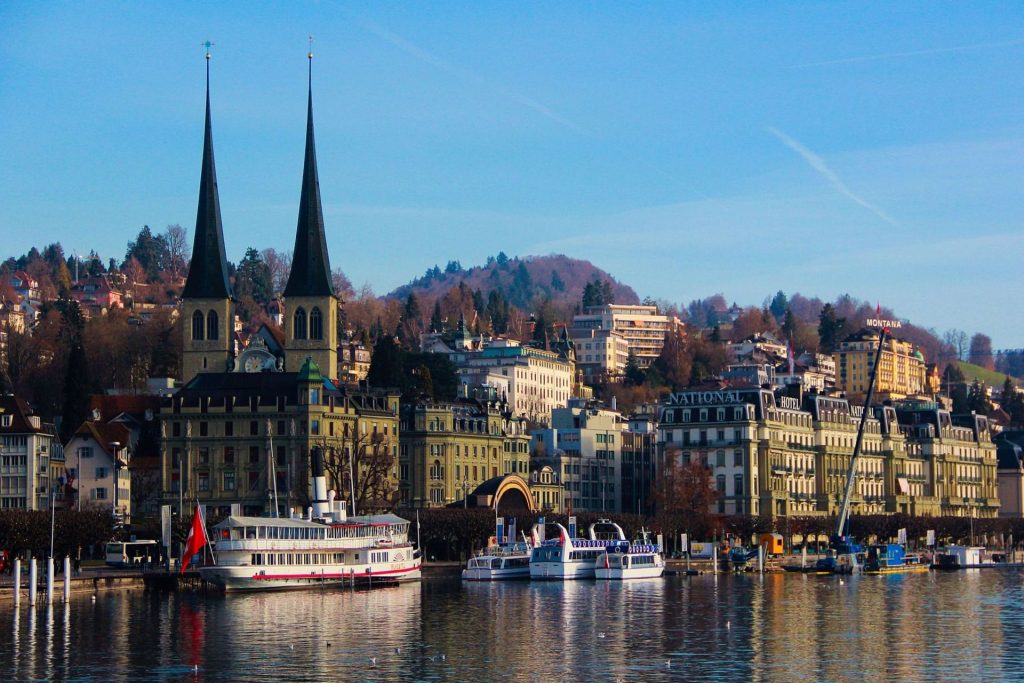
Tourism companies as a “specialized” employer
Tourism companies are an important employer in the Canton of Lucerne.
In addition to the hospitality industry, the watch and jewelry retail trade, tour operators, transport companies and companies and institutions in the cultural, entertainment and leisure sectors also play an important role.
In total, the tourism industry in Canton Lucerne directly employs about 10,500 people [the figure is the so-called FTE or Full-Time Equivalent Employees].
This means that 5.4 percent of cantonal jobs are directly related to tourism.
Dairy products and agritourism? Excellent in Switzerland
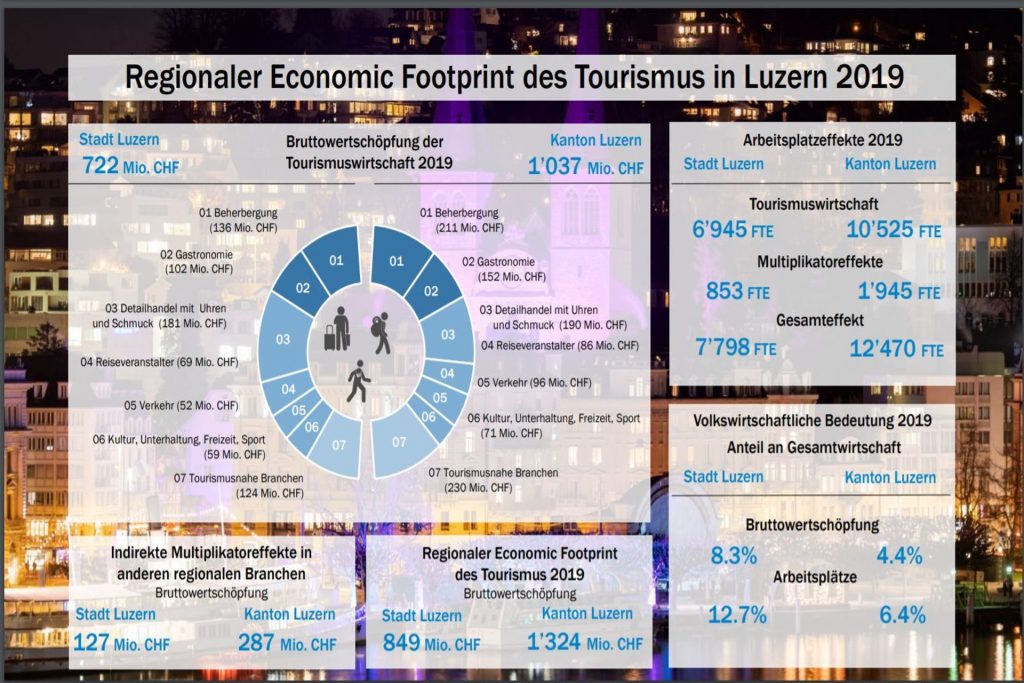
17.4 million people in attendance throughout 2019
If we add the admissions of the hotel and para-hotel sector to the so-called “day” visits, the estimated number of presences in Kanton Luzern in 2019 was 17.4 million “people”.
On average, each visitor spent 114 francs within the canton’s territory on accommodation, hospitality, shopping, meals, and so on.
In total, this brought in the Canton a “demand for tourism” for one billion 990 million francs, and this of course excluding the costs of arrival and departure of visitors.
The direct added value of tourism in Lucerne during 2019 was 1,037 million francs.

Hospitality is worth 35 percent of all gross value added
Most tourism demand consists of consumption of regional services.
After deducting the production costs of consumer goods that are not produced locally (e.g., clothing items, jewelry, watches or consumer goods) as well as the intermediate inputs used to produce these services (goods and services purchased externally), the tourism value added for the Canton of Lucerne in 2019 amounted to CHF 1,037 million.
About 35 percent of gross value added in tourism is accounted for by the hospitality industry.
Other tourism service providers, which famously include watch and jewelry stores, transportation companies, tour operators, and the culture, entertainment, and leisure industry, also generated a substantial amount of value added.
Swiss monuments? A “hidden” treasure to be exploited…
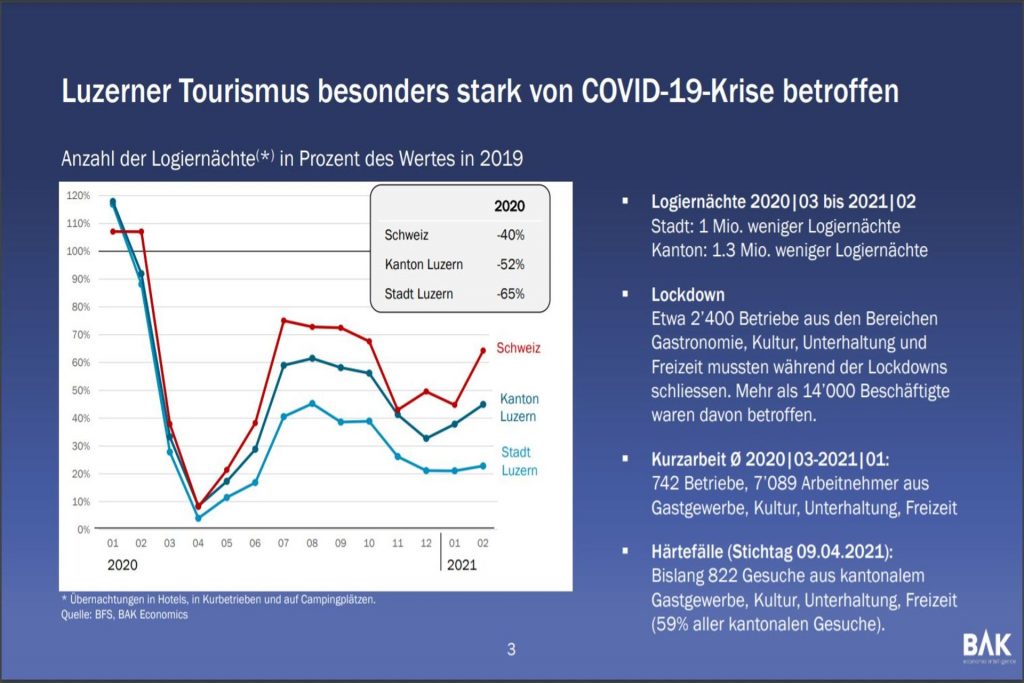
CHF 1,324 million added value in the period under review
Along the entire tourism value chain, in addition to the industry in the narrow sense, numerous other regional businesses belonging to other economic sectors have benefited from the situation.
On the one hand, local businesses are involved in regional tourism value chains as suppliers, for example when they supply energy to a hotel, or when they work as a cleaning company for a watch store or as a security company for a museum.
On the other hand, private consumption expenditures are financed through the wage income of employees in hotels, restaurants, and other tourism businesses.
Taking these upstream and downstream payment streams into account, the total economic footprint of tourism demand is calculated.
In the canton of Lucerne, it amounted to more than 1,300 million Swiss francs of added value in 2019, namely 1,324, and about 12,500 jobs.
This means that tourism generates a total share of 4.4 percent of the canton’s economic output and secures about 6.4 percent of all jobs in Lucerne.
The report presentation ‘Die Bedeutung des Tourismus für die Luzerner Volkswirtschaft’ of BAK Economics (in german)
The report “Die Bedeutung des Tourismus für die Luzerner Volkswirtschaft” of BAK Economics (in german)
